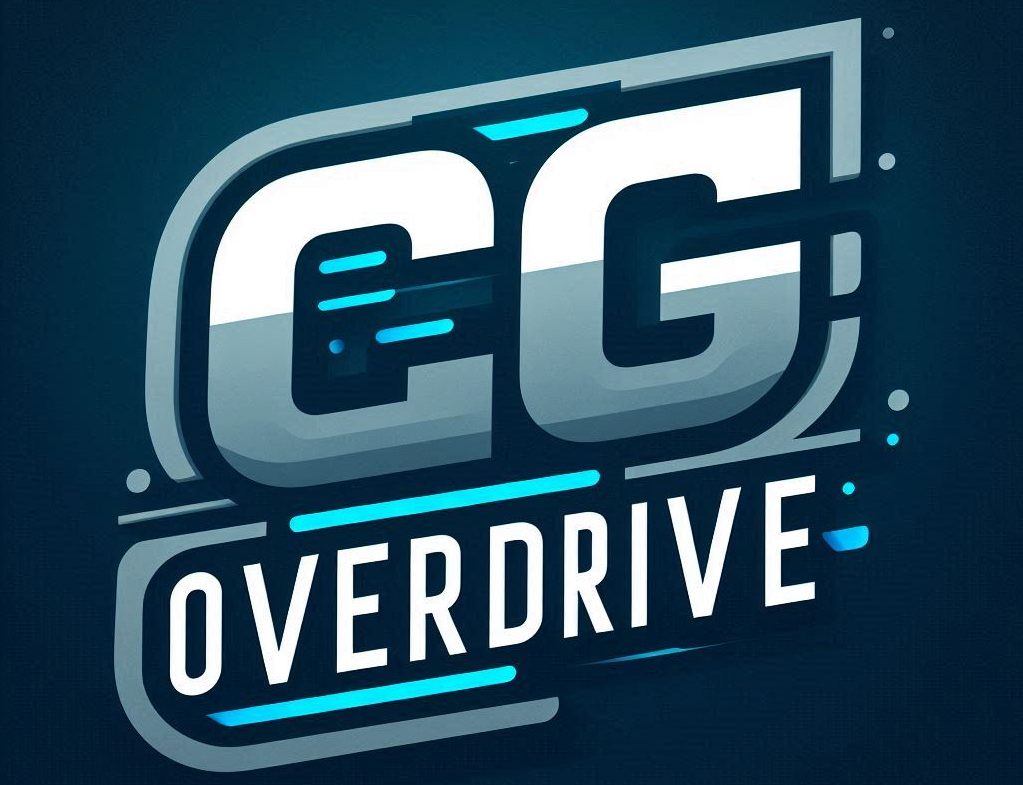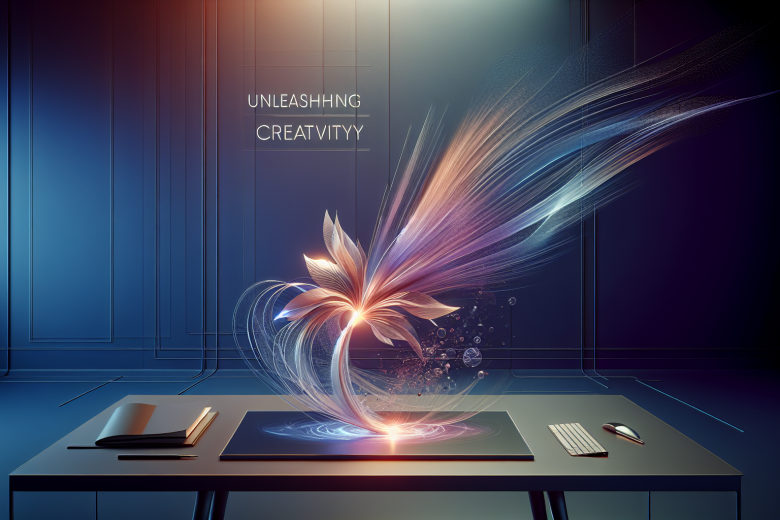The Transformative Power of Animation in the Computer Graphics Industry
Animation stands as a cornerstone of the computer graphics (CG) industry, a dynamic craft that seamlessly blends artistry with technology. It breathes life into static concepts, turning mere ideas into immersive narratives that captivate audiences across architecture, multimedia, advertising, and the broader business of CG. In a world increasingly driven by visual storytelling, mastering animation offers professionals and enthusiasts alike the ability to create compelling experiences that resonate emotionally and intellectually.
Why Animation Matters More Than Ever
Animation transcends simple movement. It is the language of imagination made visible—a bridge connecting creators’ visions with viewers’ perceptions. Particularly in the CG industry, animation’s significance stems from several powerful roles it plays:
– **Narrative Engagement:** Animation crafts stories that are memorable and emotionally impactful.
– **Visualization Clarity:** In architecture and multimedia, it illustrates complex designs with fluidity, enabling realistic walkthroughs and conceptual simulations.
– **Advertising Appeal:** Animated content elevates brand identity with dynamic visuals that capture and retain consumer attention.
– **Technological Innovation:** Advances in CG software and hardware expand animation’s potential, blending realism with creative freedom.
Understanding these roles empowers creators to harness animation not as a mere tool, but as a transformative storytelling medium.

Animation within Architecture: Crafting Immersive Experiences
Architecture has embraced animation to move beyond static blueprints and renderings. Through architectural visualization, animated walkthroughs and fly-throughs ignite spaces with life, providing clarity and emotional connection.
**Key Advantages of Animation in Architecture:**
| Aspect | Traditional Methods | Animation-enhanced Visualization |
|——————|—————————————-|—————————————————|
| Client Engagement| Static images prone to misinterpretation | Interactive, realistic walkthroughs enhance understanding |
| Design Feedback | Limited scope; difficult to visualize spatial flow | Real-time feedback enabled, allowing design evolution |
| Marketing | Reliant on photos or sketches | Dynamic presentations attract investors and buyers |
*Practical Advice:*
– Integrate Virtual Reality (VR) with animation for immersive client experiences.
– Use realistic lighting and materials to convey textures and ambiance accurately.
– Animate human figures and environmental elements to demonstrate scale and usability.
By weaving animation into architectural processes, creators and clients journey together through evolving concepts—charting changes in real-time and refining visions before physical construction begins.
Mastering Animation in Multimedia Storytelling
Multimedia thrives on combining text, audio, graphics, and video, with animation serving as the vital engine that holds these elements in fluid harmony. Whether crafting educational content, interactive exhibits, or digital art installations, animation guides the viewer’s eye and enhances emotional resonance.
*Practical Guidance for Multimedia Animators:*
– **Storyboard Thoroughly:** A clear plan reduces ambiguity in sequencing complex interactions.
– **Consider User Experience (UX):** Animations should aid navigation, not distract or overwhelm.
– **Optimize for Platforms:** Tailor animations for desktop, mobile, and emerging interfaces.
– **Balance Aesthetics and Performance:** Streamline file sizes and rendering without sacrificing artistic quality.
Animation brings abstract multimedia concepts into tangible, engaging realities that inform, entertain, and inspire.
Advertising Reimagined: Animation as a Catalyst for Brand Storytelling
In today’s saturated advertising landscape, animation provides brands with a versatile canvas to express identity dynamically. It can distill complex messages into memorable visual metaphors and craft emotional journeys that appeal to diverse audiences.
**Comparing Animation Types in Advertising:**
| Animation Style | Use Cases | Impact | Production Complexity |
|———————|———————————-|———————————–|——————————-|
| 2D Animation | Social media ads, explainer videos | Clear, stylized storytelling | Moderate |
| 3D Animation | Product demos, immersive branding | Realistic, attention-grabbing | High |
| Motion Graphics | Logo reveals, info-graphics | Data-driven clarity, brand consistency | Low to moderate |
| Stop Motion | Unique artistic campaigns | Tangible, handcrafted appeal | Labor-intensive |
*Expert Insights:*
– Leverage animation to humanize brands and create emotional connections that static images can’t achieve.
– Employ vibrant color palettes and smooth transitions to retain viewer interest.
– Integrate call-to-action cues subtly within animation paths to motivate engagement.
Animation in advertising is not just a technique but a strategic asset that fuses creativity with measurable business outcomes.
Understanding the Business of Computer Graphics (CG) through Animation
Animation’s role extends far into the business fabric of the CG industry, influencing production workflows, client interactions, and market positioning. It is essential to perceive animation not only as a creative practice but as a driver of economic value.
**Framework: Animation’s Business Dimensions in CG**
| Business Aspect | Animation Impact | Best Practices |
|————————|————————————————-|—————————————–|
| Client Acquisition | High-quality animated portfolios demonstrate capability | Showcase diverse styles and technical skills|
| Project Management | Animation demands time-intensive resources | Utilize agile workflows and milestone tracking |
| Revenue Streams | Licensing, commissions, advertising campaigns | Diversify offerings across industries |
| Talent Development | Specialized skill sets in CG animation grow demand| Invest in continuous training and technology |
*Empowering Creators:*
– Nurture a niche specialization within animation to differentiate your services.
– Build networks across architecture, multimedia, and advertising sectors to secure diverse projects.
– Embrace emerging AI tools and software that streamline animation production without compromising artistry.
Animation encapsulates the vitality of the computer graphics business, marrying imagination with strategy to unlock sustainable success.
Practical Steps to Enhance Your Animation Craft
Whether you are diving into animation from a background in architecture, multimedia, or advertising, these actionable steps crystallize effective practice:
– **Master Core Software:** Proficiency in tools like Autodesk Maya, Blender, and Adobe After Effects forms the foundation.
– **Study Movement and Physics:** Understand principles such as timing, easing, and weight for believable motion.
– **Create a Diverse Reel:** Exhibit versatility across styles and sectors to attract a broader client base.
– **Engage with Community:** Participate in forums, workshops, and critiques to refine skills and inspire innovation.
– **Plan Storytelling Rigorously:** Script compelling narratives before animating to preserve focus and impact.
Inspiration from Industry Luminaries
As Walt Disney famously said, *”Animation can explain whatever the mind of man can conceive.”* This profound belief echoes through the CG industry, encouraging us to push boundaries and realize the unimaginable.
By nurturing technical skill and artistic vision, animation professionals become architects of experience—shaping worlds that inform, persuade, and uplift across architecture, multimedia, advertising, and beyond.
Animation isn’t merely the movement of images—it is the heartbeat of visual storytelling in the evolving tapestry of computer graphics.

